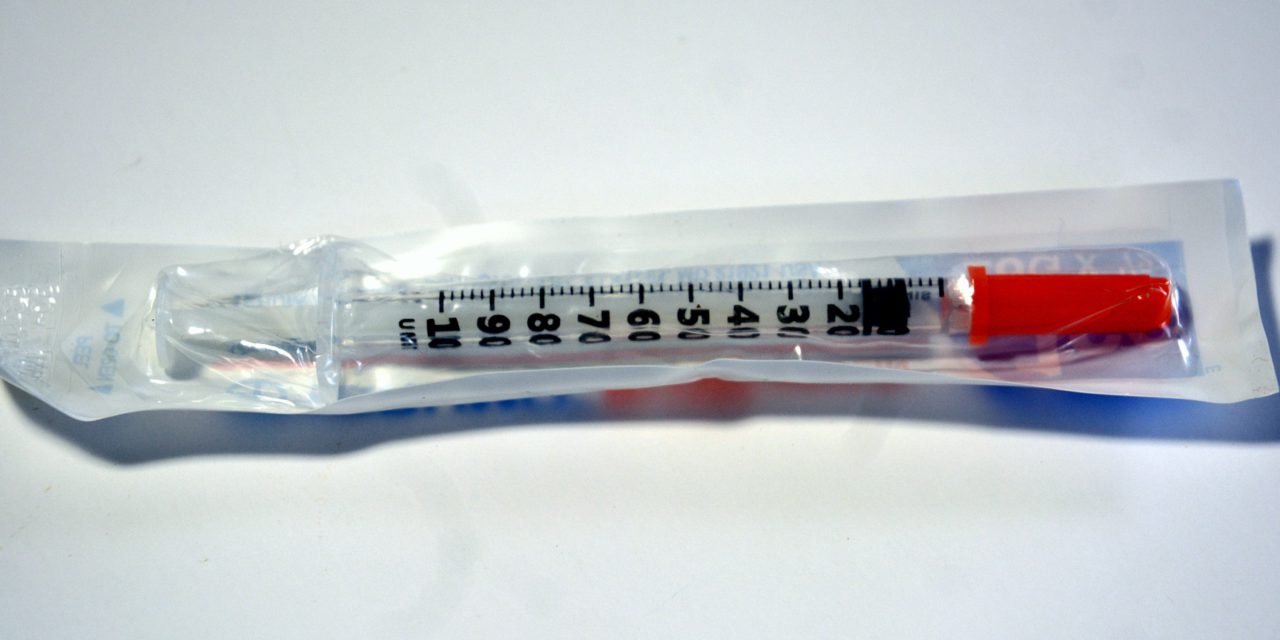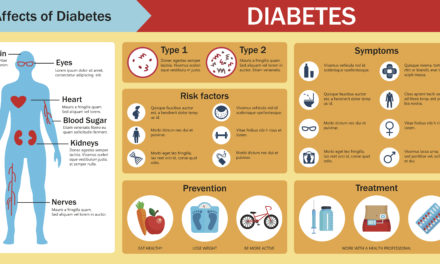Both analog insulins and human insulins have long-acting (basal) and rapid-acting (prandial) versions.
- Analog insulins are categorized by rapid-acting, long-acting, and ultra-long-acting.
- Human insulins are categorized by regular/short-acting and intermediate-acting. You may also hear human insulins categorized as R or NPH, which is the same as regular or intermediate-acting, respectively.
Analog insulin types:
| Type | Function | Examples |
| Ultra-rapid-acting | Onset: 12-20 min after injection
Peak: 30 min – 2 hours Duration: 2-7 hours |
Insulin aspart (Fiasp)
Insulin lispro (Lyumjev) Insulin human inhalation (Afrezza) |
| Rapid-acting | Onset: 30 min after injection
Peak: 1-2 hours after injection Duration: 3-5 hours |
Insulin aspart (NovoLog, Lispro)
Insulin glulisine (Apidra) Insulin lispro (Admelog, Humalog) |
| Long-acting | Onset: 1-2 hours after injection
Peak: none Duration: 12-24 hours |
Detemir (Levemir)
Glargine (Basaglar, Lantus, Semglee) |
| Ultra-long-acting | Onset: 1-6 hours after injection
Peak: none Duration: 36-42 hours |
Degludec (Tresiba)
Glargine u-300 (Toujeo) |
Human insulin types:
| Type | Function | Examples |
| Regular or short-acting | Onset: 30 min after injection
Peak: 2-3 hours after injection Duration: 3-6 hours |
Human Regular (Humulin R, Novolin R) |
| Intermediate-acting | Onset: 2-4 hours after injection
Peak: 4-12 hours after injection Duration: 12-18 hours |
NPH (Humulin N, Novolin N) |
To learn more about the types of insulin and which might be best for you, talk with your healthcare team.
Credits:
Excerpt from LEARNING CURVE
Image by Vince Alvino from Pixabay









